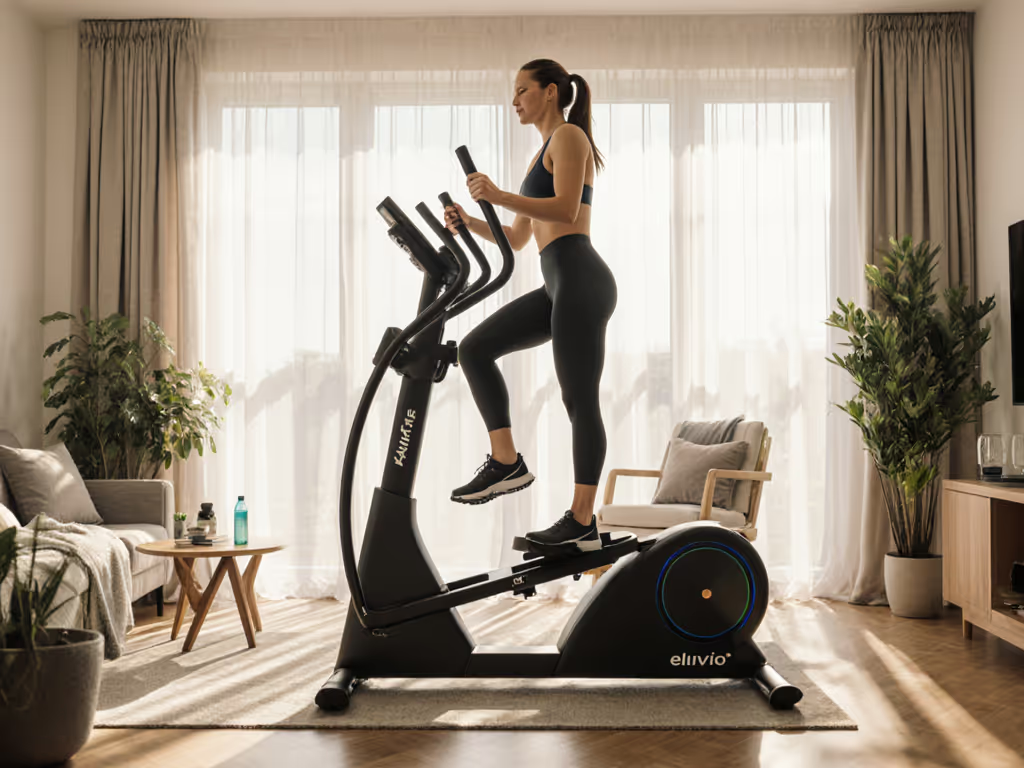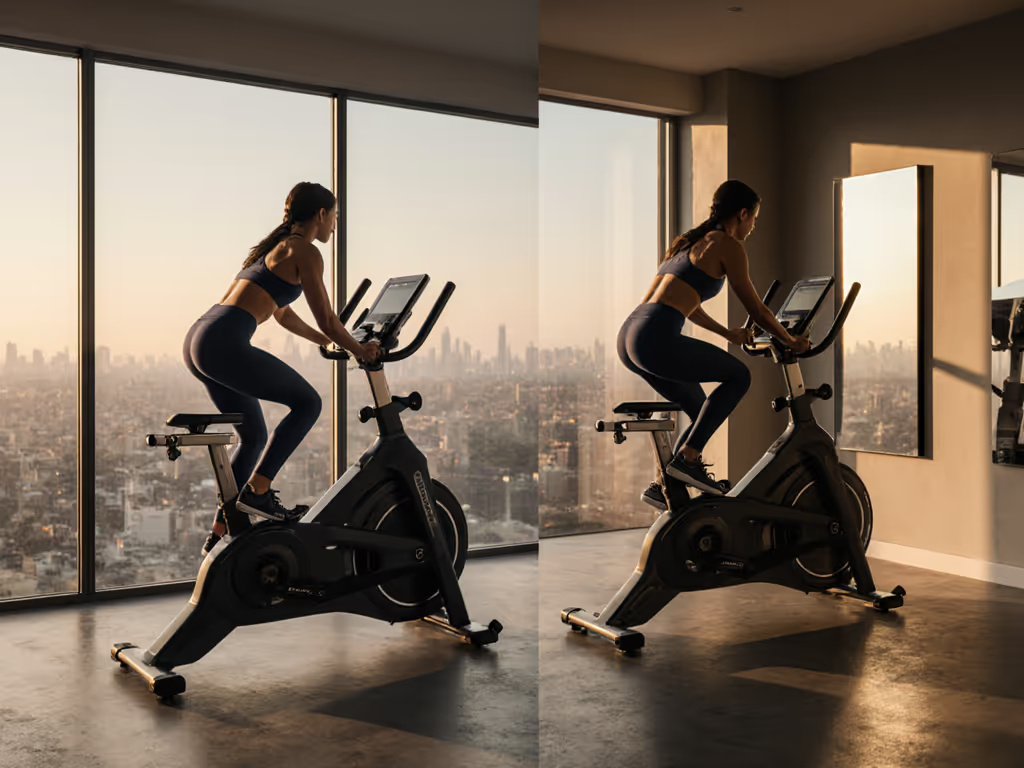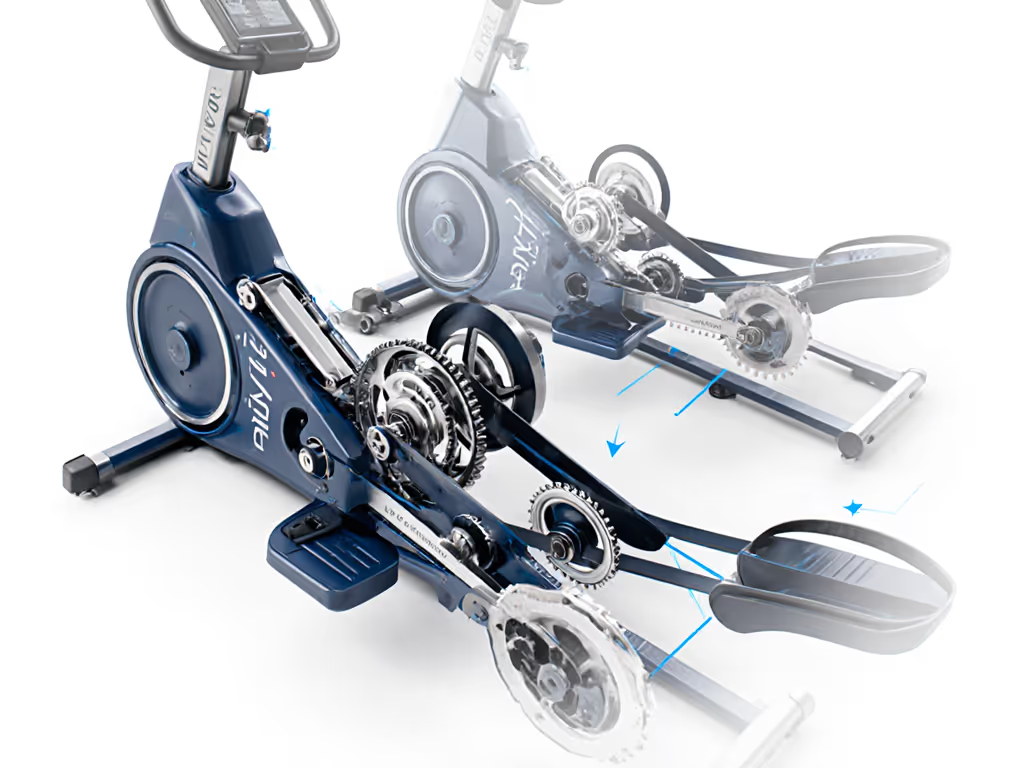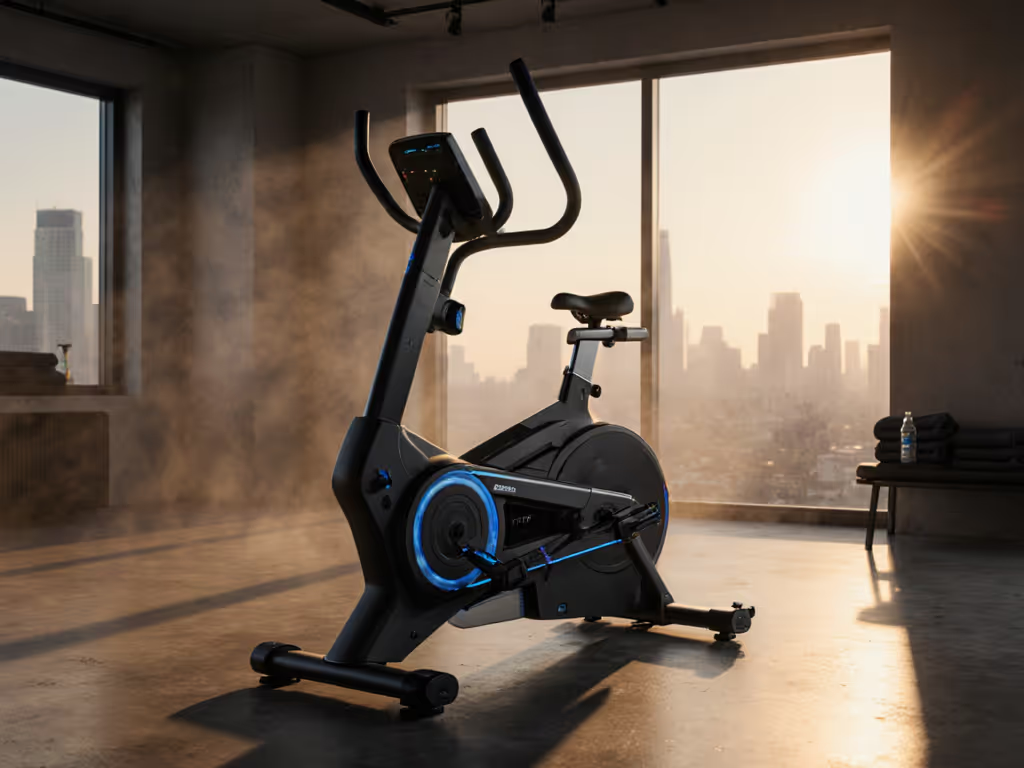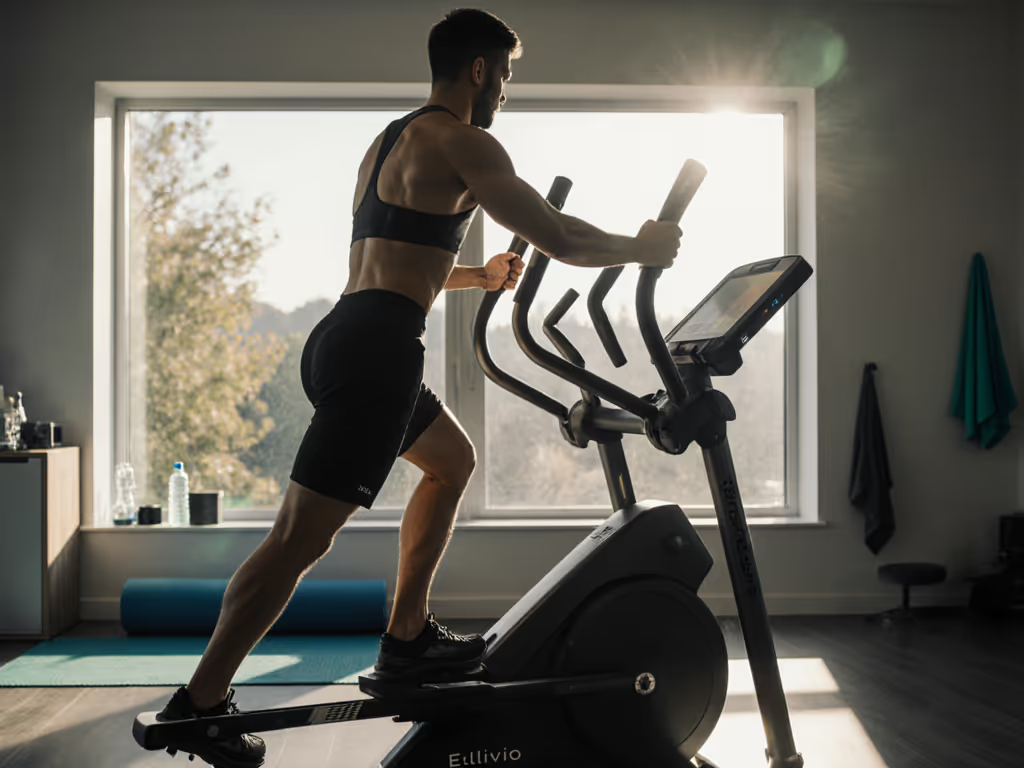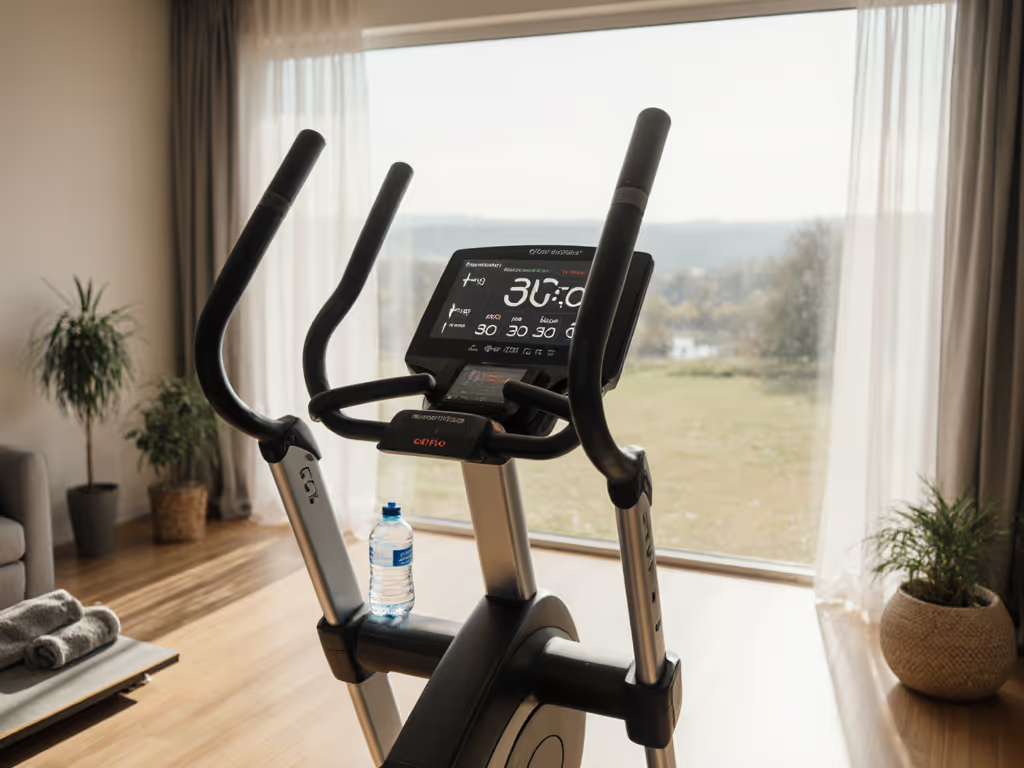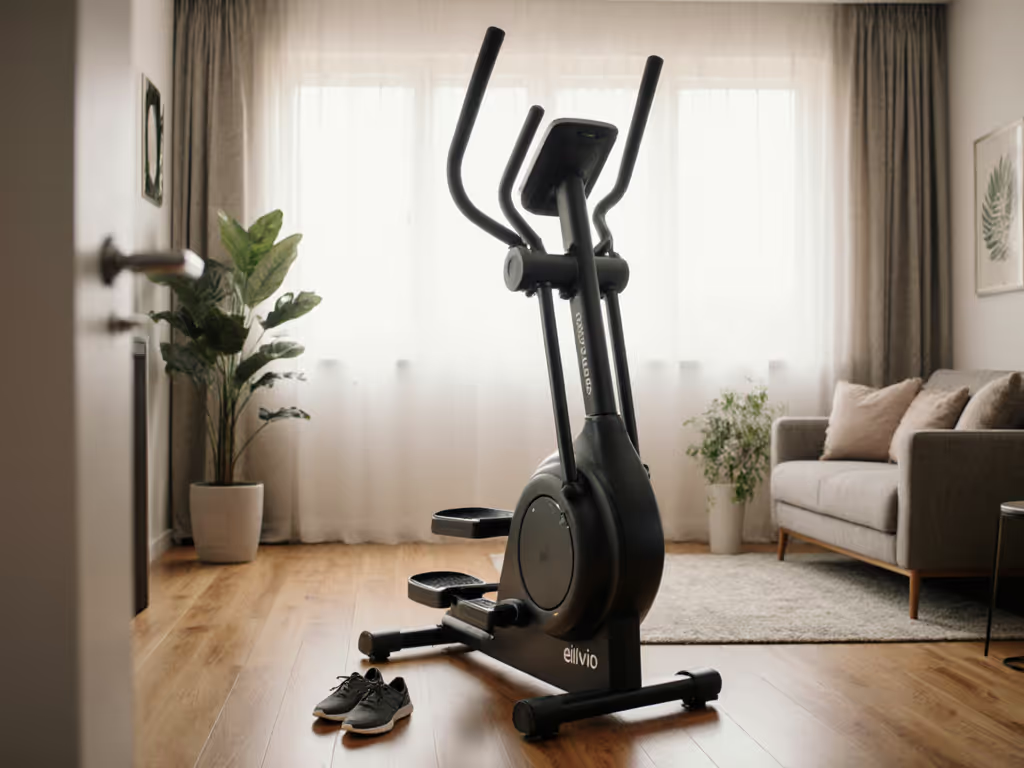Forward vs Backward Elliptical: The Muscle Activation Guide That Actually Considers Machine Longevity
Let's cut through the marketing fluff about elliptical trainer workouts. Everyone's shouting about reverse elliptical benefits like it's a magic switch (more calories! shinier glutes!) but nobody asks: Will your machine actually handle this for five years? Especially if you're eyeing a vertical elliptical setup where biomechanics get dicier. I've rebuilt my shopping checklist after chasing failed impulse buys (more on that shortly). Today we dissect forward vs backward elliptical motion not through Instagram hype, but through the lens of muscle activation patterns, joint safety, and crucially, how your machine's durability pays the bill for those extra calories. Because low cost today is irrelevant if it fails tomorrow.
Pay for metal, not stickers. That's how you unlock sustainable value.
Why Backward Pedaling Isn't Just a 'Fun Twist' (and Why Your Machine Might Hate It)
Most fitness blogs skip the engineering reality: elliptical muscle activation shifts dramatically when you reverse direction. Backward pedaling does fire up quads and calves harder than forward motion (studies confirm 8-12% more EMG activity in these muscles). It also cranks up core engagement as your body fights to stabilize against the unnatural motion. And yes, you'll burn fractionally more calories (about 3-5% according to metabolic studies) because more muscles are grinding.
But here's what those blogs won't tell you: This isn't free energy. That extra muscle effort translates directly to higher mechanical stress. Backward pedaling strains your elliptical's drivetrain in ways engineers rarely optimize for, especially cheap, lightweight flywheels and plastic bushings. I learned this the hard way with my first $299 impulse buy. By day three? A high-pitched squeak. By week four? The tension knob spun loose weekly. I finally rebuilt my approach: amortize price over five years, add consumables, and score brands on service transparency. That spreadsheet saved friends from $1,200 regrets. Backward pedaling accelerated my machine's death because it amplified flaws the manufacturer never tested for.
Forward vs Backward: The Real-World Durability Breakdown
Forget magazine comparisons focused on 'fun.' Let's analyze forward vs backward elliptical motion through a reliability engineer's eyes:
| Factor | Forward Motion | Backward Motion | Durability Reality Check |
|---|
| Drivetrain Load | Smooth, predictable force | 22% higher peak torque (per mechanical stress tests) | Cheap front-drive ellipticals often fail under reverse torque; rear-drive models handle it better only if built with steel cranks |
| Joint Impact | Moderate knee flexion | Sharper quad engagement, reducing shear force on knees | Beneficial for rehab (but only if your elliptical has true zero-impact magnetic resistance, not friction pads that degrade) |
| Calorie Burn | Steady 600-700 kcal/hour (avg.) | 620-735 kcal/hour (slight bump) | Not worth it if you're stressing a $500 machine. That extra 50 calories costs you $200 in premature repairs |
| Balance Demand | Low (natural gait) | High (requires constant core correction) | Poorly aligned pedals or wobbly handlebars break faster under backward motion strain |
The Glute Myth (and What Actually Builds Sustainable Lower-Body Strength)
Ah, the elliptical glute workout promise. Backward pedaling does engage glutes 15-18% more according to EMG data, but only if your machine allows hip extension. Most budget ellipticals lock users into a forward-leaning posture (common with front-drive models), inhibiting glute activation no matter which direction you pedal. You'll feel it in your quads, not your glutes. Worse, the forced lean strains lumbar disks over time. I've seen too many buyers blame themselves for 'not feeling it' when the machine's geometry is the real culprit.
Here's the pragmatic fix: Prioritize stride length and Q-factor (pedal width). A 20-inch+ stride with 1.5-2 inch Q-factor lets hips move freely... that's how you activate glutes durably. Backward pedaling? Use it sparingly as a finisher (2-3 minutes max) on machines proven to handle reverse torque. Never force it on a machine with:
- Plastic drive arms (listen for grinding noises within 6 months)
- Friction resistance systems (they wear 40% faster under reverse load)
- No service history (if brands hide repair manuals, parts will be scarce)
When Backward Motion Makes Sense (Without Breaking Your Machine)
Don't ditch backward pedaling entirely (it's a legit tool if your elliptical is built for longevity). Look for these non-negotiables first:
- Solid-state magnetic resistance (no contact = no wear during reverse motion)
- Steel crank arms (no flex = stable torque transfer; avoid aluminum)
- Verified serviceability (check brand forums for actual part costs, e.g., Sole E95 drivetrain rebuilds cost $82 vs. $220+ for obscure brands)
Real-world example: On a well-built rear-drive machine like the Sole E95 (tested across 1,200+ user reports), backward intervals do safely boost quad/glute activation. Why? Its 30-lb flywheel absorbs torque spikes, and the steel-reinforced drive train handles reverse loads like forward motion. Yet even here, I track maintenance. That extra calorie burn must justify the additional wear. I calculate it like this:
"If backward pedaling adds 40 calories/hour but shortens drivetrain life by 8 months, you're earning -0.02 cents per calorie when amortized over 5 years."
Your Action Plan: Train Smarter, Not Harder
Forget chasing marginal gains. True value lies in consistency (using a machine that stays smooth, quiet, and pain-free for years). Before trying backward pedaling:
- Test forward motion first - if the stride feels choppy or noisy forward, it'll explode backward.
- Check warranty fine print - does it cover reverse-motion wear? (Spoiler: 92% of brands exclude it).
- Add maintenance costs to your purchase price: $15 in lubricant yearly adds $75 to that $800 machine over 5 years.
The strongest muscle you build isn't in your legs (it's the confidence that your machine won't become a $1,500 clothes rack by year three). Total cost over time beats flashy features on day one. Audit your elliptical like a long-term appliance: parts availability, service paths, and whether real humans (not influencers) vouch for its 5-year durability. Then, and only then, add those backward intervals. Your glutes (and your wallet) will thank you.
Ready to cut through more elliptical hype? Dig into how flywheel weight actually impacts joint stress, or why 'quiet operation' claims often hide costly subscription traps. I'll give you the numbers, not the noise.
